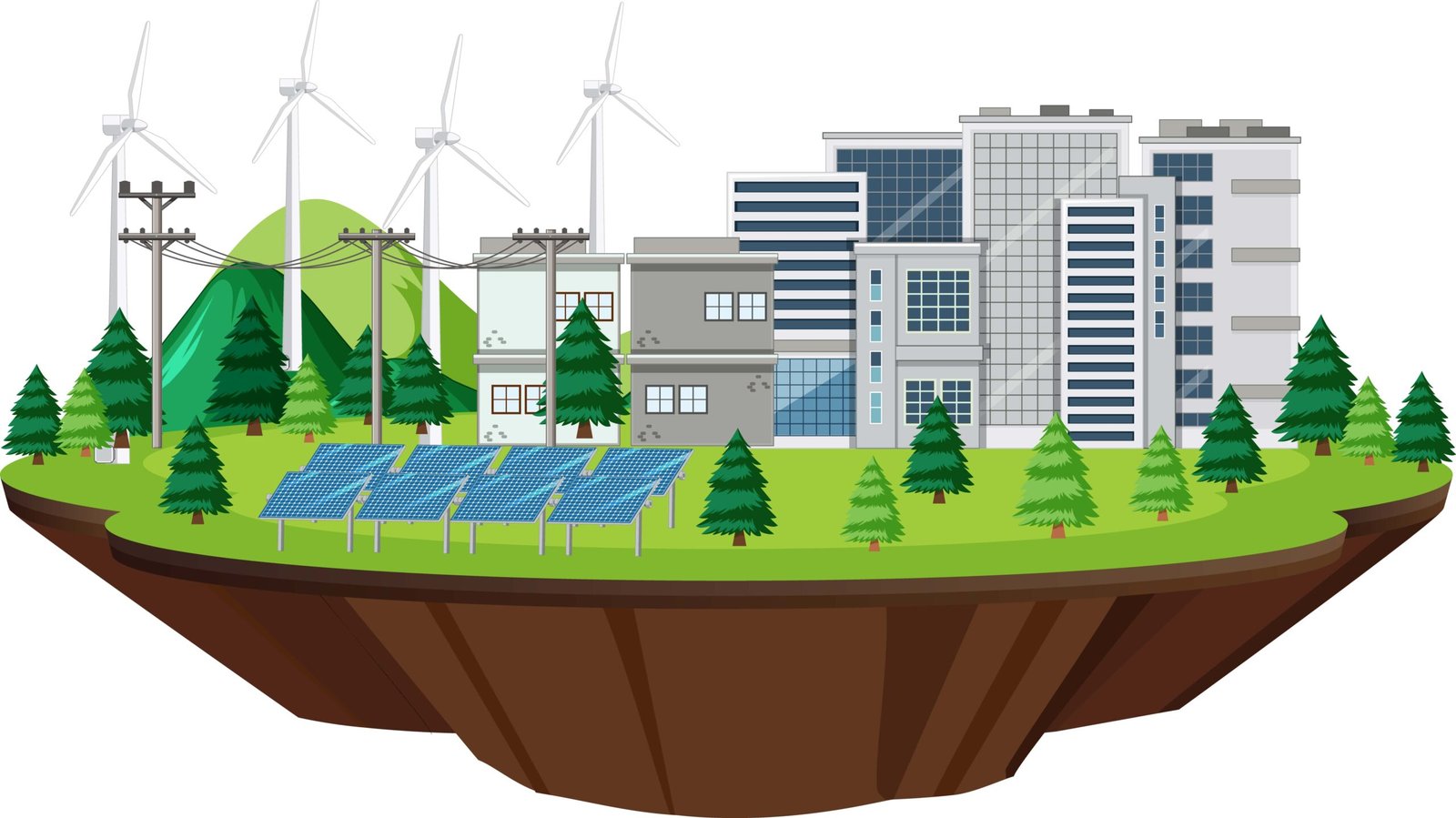In a world grappling with the impacts of climate change and the depletion of fossil fuels, the concept of alternative energy has gained significant traction. Alternative energy refers to energy sources that are not derived from fossil fuels and are typically more sustainable and environmentally friendly. This category includes a variety of energy types, each with unique benefits and challenges. This blog will explore what alternative energy is, the different types available, and why they are crucial for our future.
Understanding Alternative Energy
Alternative energy encompasses all energy sources that do not rely on burning fossil fuels. Fossil fuels—such as coal, oil, and natural gas—have been the primary energy sources for centuries. However, their extraction and use have led to significant environmental issues, including air pollution, greenhouse gas emissions, and habitat destruction. In contrast, alternative energy sources aim to provide cleaner, more sustainable power.
Types of Alternative Energy
1. Solar Energy
Solar energy harnesses the power of the sun through technologies like photovoltaic cells (solar panels) and solar thermal systems. Photovoltaic cells convert sunlight directly into electricity, while solar thermal systems use sunlight to heat fluids that generate electricity. Solar energy is abundant and can be harnessed in most parts of the world, making it a versatile and increasingly affordable option.
Advantages
– Renewable and abundant.
– Low operational costs once installed.
– Reduces dependence on fossil fuels.
Challenges
– Intermittent availability (depends on weather and time of day).
– Requires significant initial investment.
– Energy storage solutions are needed for continuous supply.
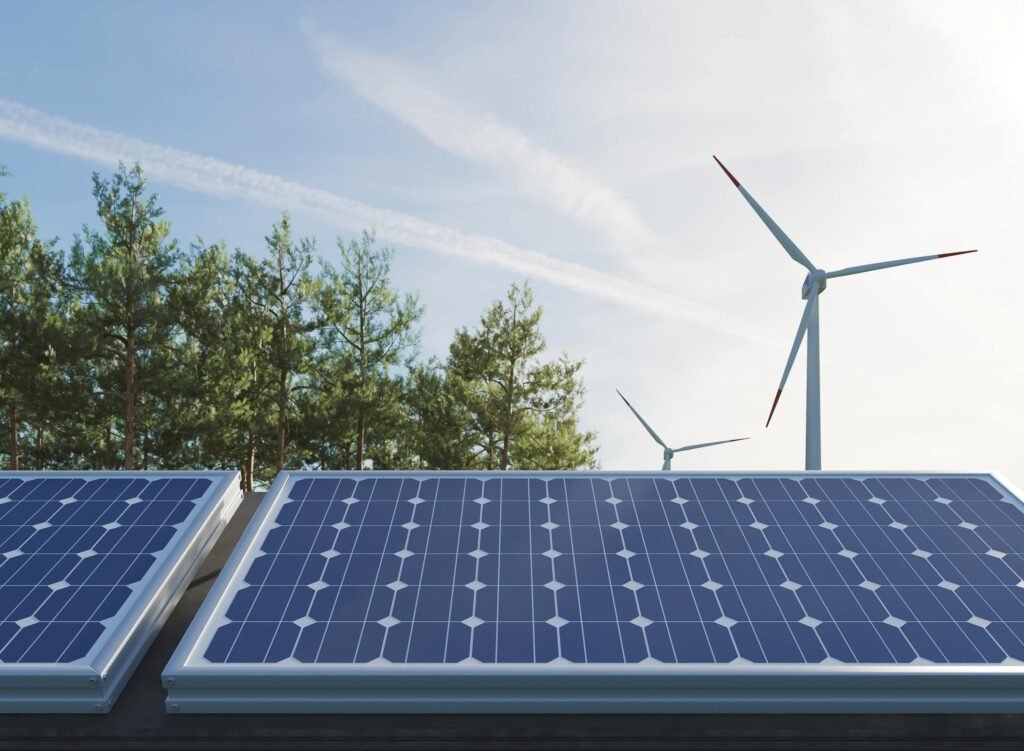
2. Wind Energy
Wind energy utilizes wind turbines to convert kinetic energy from wind into mechanical power, which is then converted into electricity. Wind farms can be found onshore and offshore, with offshore farms benefiting from stronger and more consistent winds.
Advantages
– Renewable and abundant in windy areas.
– Low operational costs.
– able to be constructed on currently farmed land, enabling dual land use.
Challenges
– Intermittent and variable.
– Visual and noise impact concerns.
– Potential impacts on wildlife, particularly birds and bats.
.
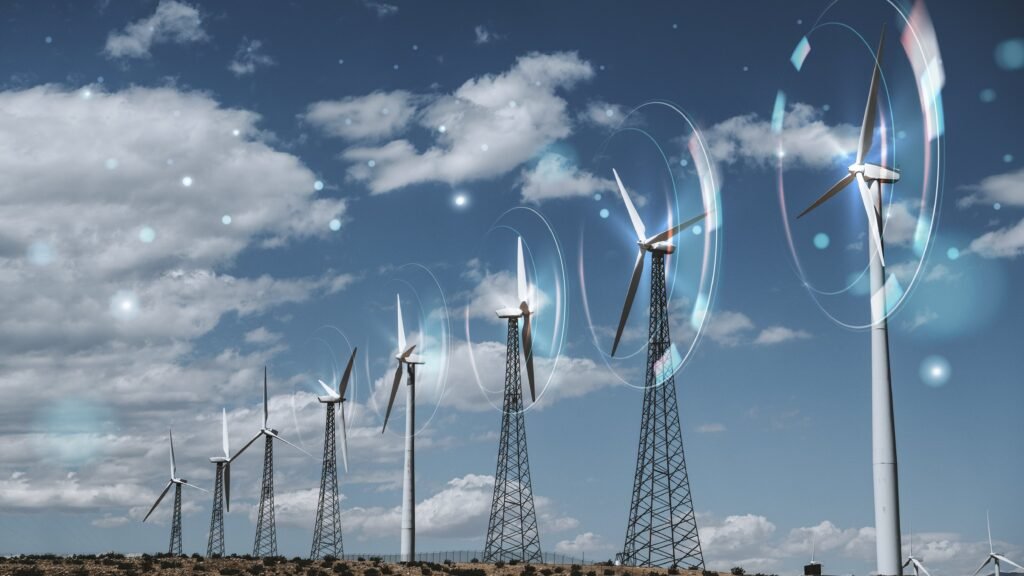
3. Hydropower Energy
Hydropower, or hydroelectric power, generates electricity by using water flow through dams or turbines. It is among the most traditional and extensively utilized types of sustainable energy.
Advantages
-able to generate a substantial quantity of electricity.
– Offers a dependable and steady power source..
– Helps with water management and flood control.
Challenges
– Environmental impact on aquatic ecosystems.
– High initial infrastructure costs.
– Potential displacement of local communities.
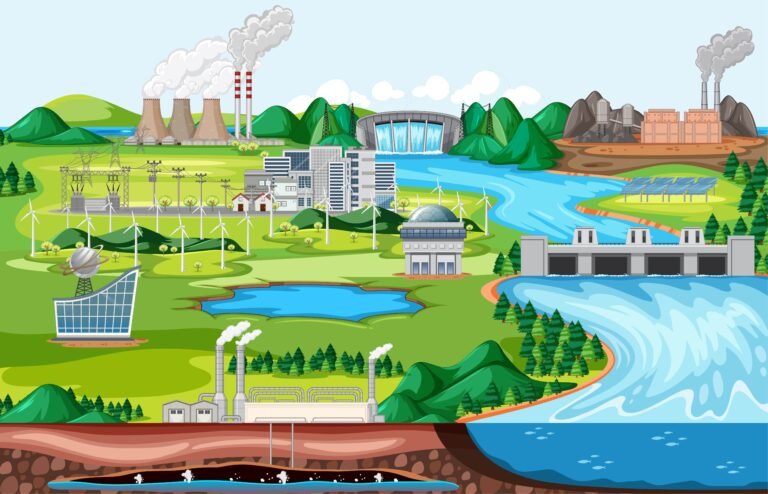
4. Geothermal Energy
Geothermal energy exploits the heat from within the Earth to generate electricity or provide direct heating. This is done by tapping into underground reservoirs of steam or hot water, which can drive turbines or be used for heating.
Advantages
– Reliable and consistent.
– Small land footprint.
– Low emissions.
Challenges
– Only available in regions with high geothermal activity.
– Expensive upfront drilling and plant installation expenses.
– Risk of inducing seismic activity.
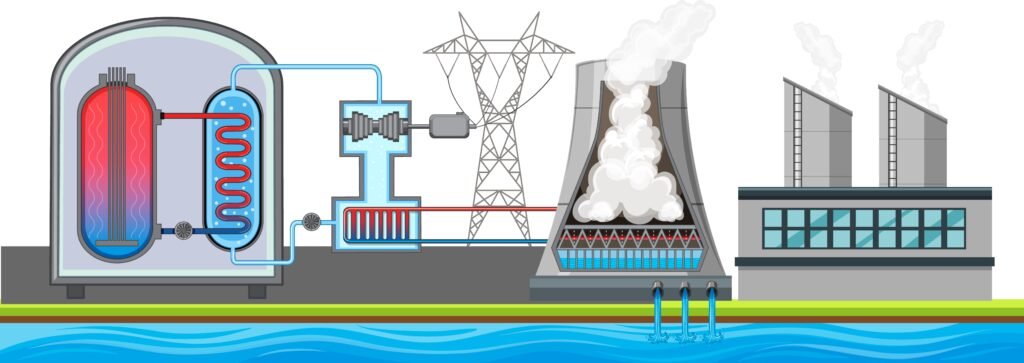
5. Biomass Energy
Biomass energy is produced from organic materials, such as plant and animal waste. This can be converted into electricity, heat, or biofuels through various processes like combustion, anaerobic digestion, and fermentation.
Advantages
– Utilizes waste materials, reducing landfill use.
– Can provide a continuous power supply.
– Reduces dependency on fossil fuels.
Challenges
– Emissions from combustion can still be significant.
– Requires careful management to ensure sustainability.
– Competition with food production for land use
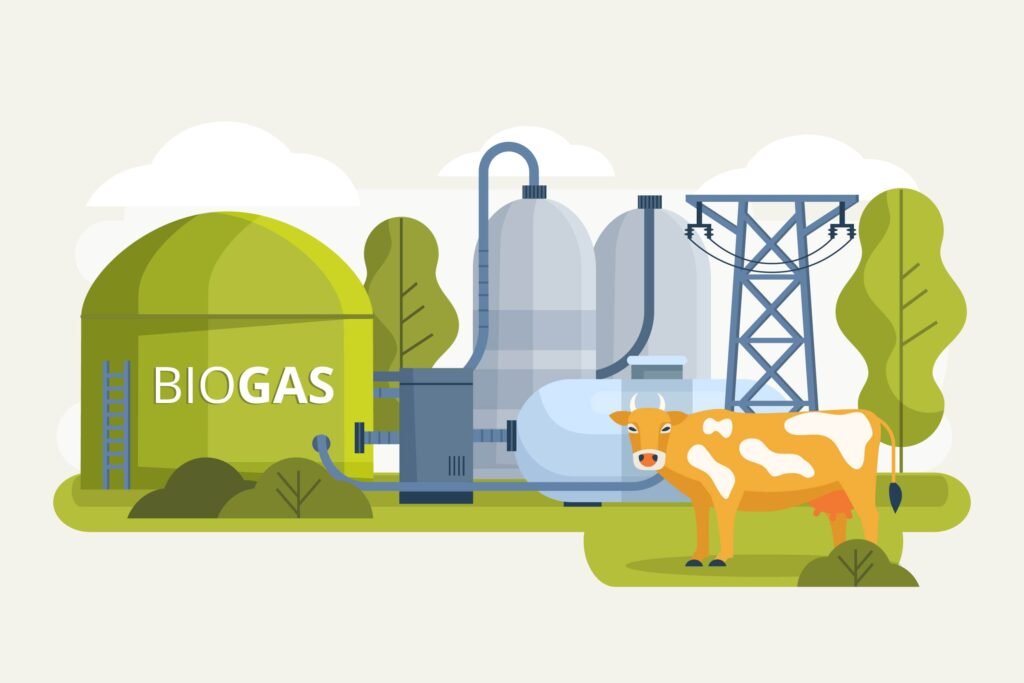
Importance of Alternative Energy
The shift towards alternative energy is critical for several reasons
1. Environmental Benefits
Alternative energy sources generally produce fewer pollutants and greenhouse gases compared to fossil fuels. This reduction in emissions is vital in the fight against climate change and in improving air quality, which can have significant health benefits.
2. Energy Security
By diversifying energy sources, countries can reduce their reliance on imported fossil fuels, enhancing their energy security. This is particularly important in regions that lack fossil fuel resources but have abundant renewable resources.
3. Economic Growth
The alternative energy sector is a significant driver of economic growth. It creates jobs in manufacturing, installation, and maintenance. Furthermore, investment in renewable energy technologies can stimulate innovation and technological advancements.
4. Sustainability
Alternative energy sources are inherently more sustainable than fossil fuels. They rely on natural processes that are replenished constantly, ensuring a long-term supply of energy. This sustainability is crucial for meeting the growing energy demands of a global population.
5. Challenges and the Way Forward
While alternative energy sources offer numerous benefits, they also present challenges. Intermittency is a significant issue for solar and wind energy, requiring advancements in energy storage technologies. High initial costs and geographical limitations also pose barriers to widespread adoption.
To overcome these challenges, continued investment in research and development is essential. Innovations in battery storage, grid management, and energy efficiency can enhance the viability of alternative energy. Additionally, supportive government policies, such as subsidies, tax incentives, and renewable energy mandates, can accelerate the transition to a cleaner energy future.
Conclusion
Alternative energy represents a vital shift away from the environmental and economic pitfalls of fossil fuels. By embracing solar, wind, hydropower, geothermal, and biomass energy, we can pave the way for a more sustainable and secure energy future. The transition is not without its challenges, but with concerted effort and innovation, we can harness the full potential of these renewable resources to create a cleaner, healthier planet for future generations.
